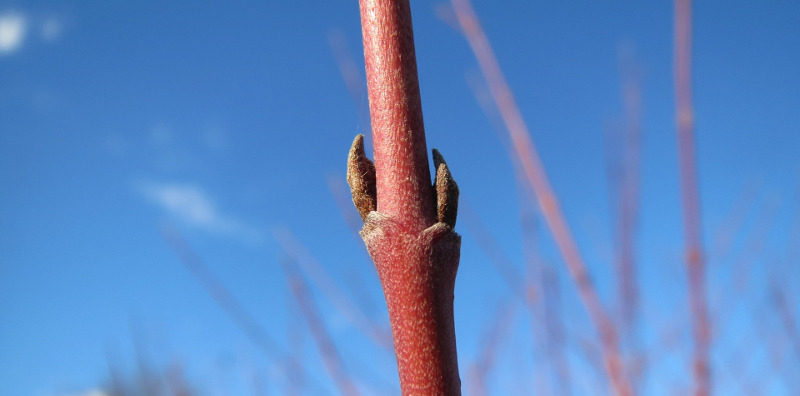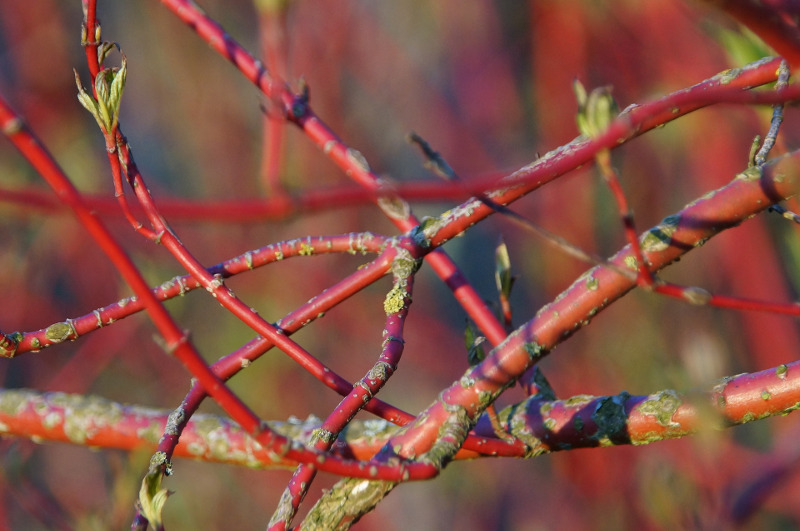The dogwood is a beautiful tree that can grow an array of colorful flowers during the springtime. The flowers are typically pink or white, depending on the specific type of dogwood. Luckily, these trees hold their shape pretty well independently, so maintenance pruning is fairly simple. Freeing overcrowded sections and removing dead branches will be enough to keep your tree healthy.
If your dogwood becomes overgrown or looks lifeless, you can cut the whole tree to approximately ten inches above the ground to rejuvenate it.
When to Prune Dogwoods
We recommend pruning your dogwood every year. To keep your tree as healthy as possible, you may want to remove a third of its branches, the ones that may appear dull. Doing so will help promote the growth of new, brighter branches during spring. If you are worried about your dogwood getting too tall, you can confidently prune the remaining branches by a third to a half of their length. If you would like to keep as many flowers as possible, cut just above the flower buds like in the image below.

The most convenient time to prune your dogwood is during late autumn when winter is approaching. Since the dogwood (like many other trees) loses its leaves during fall and becomes dormant in the winter, it will be easy to inspect each branch individually and identify any areas that may obstruct your tree’s overall shape. You must avoid pruning later in the season when your tree is actively growing. This is because dogwoods are vulnerable to the dogwood borer- a moth found in the eastern parts of the United States. This insect can easily gain an entry point into your tree if you try to prune it during its growth phases. Some signs that a dogwood borer is damaging your tree include discovering areas of your tree that appear damp, noticing that branches are dying suddenly, and coming across discolored sections.
Why Prune Dogwoods
You should prune your dogwood tree to prevent insect infestation and fungal diseases from attacking it. Damaged and dead branches should be pruned as soon as you notice them because these also provide an easy way for insects to harm your tree. Furthermore, if you see two branches cross and rub against each other, that can create a weak spot that will facilitate the growth of diseases. In this case, get rid of the least attractive branch.

How to Prune Dogwoods
Step 1 – Eliminate deadwood.
Prune all of the dead branches as these not only ruin the aesthetic of your dogwood but may also cause harm. Deadwood is a breeding ground for mold and other fungi that can rapidly spread and ultimately destroy your tree.
Step 2 – Remove infected branches.
If an insect, like the dogwood borer, infected your tree, it is crucial that you get rid of the damaged branches. To prevent the accidental spread of infection as you prune, you can dip your shears into a solution containing one part bleach and three parts water to sterilize them.
Step 3 – Address overcrowding.
You may notice that some sections of your dogwood are overcrowded with branches compared to other areas. To address this issue, pick the flimsiest branches and prune them from their point of growth. This will improve the overall appearance of your tree and also boost its air circulation.
Dogwood Pruning Tips
- Do not fertilize your tree in its first year
- After the first year, fertilize your dogwood in early spring and again three months afterward
- Thin out overcrowded areas to maximize airflow
- Only prune during the cold months when your tree is dormant
- Remove infected branches as soon as you see them
 |
Author Chris Link - Published 04-05-2022 |
